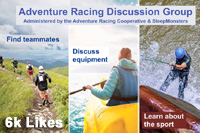Youth, Tradition and New Horizons at Raid Temiscamingue
Carrick Armer / 11.09.2023

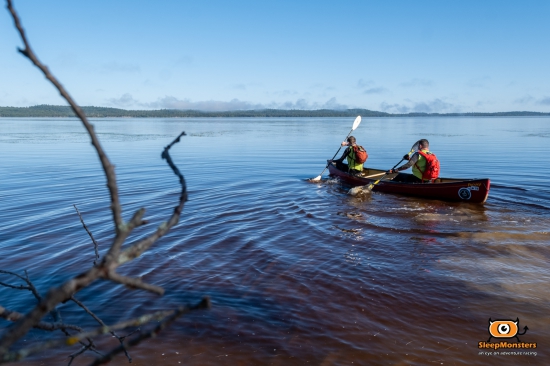
The International Raid Temiscamingue is not finished, and racers, staff and media are making their way home to catch up on some much-needed sleep. While everyone will have their own impressions and memories, there have been a few recurring threads running through the race.
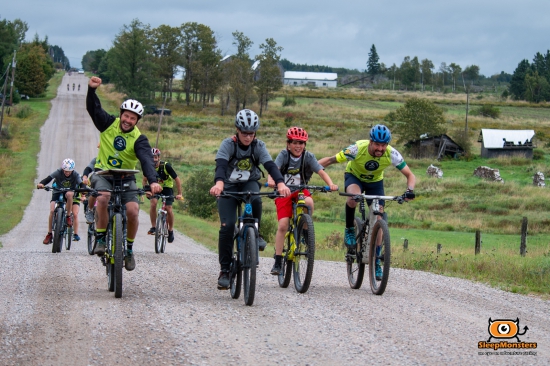
The first of those is youth. Any race organiser knows that to have a future, you need new racers entering the sport and developing through the ranks. At the most basic level, to have future generations of multisport racers, you need generations of young people who are interested in staying fit, being outdoors, and who know that adventure racing exists. The Youth Prologue has introduced 50+ prospective new racers to the possibilities of adventure racing
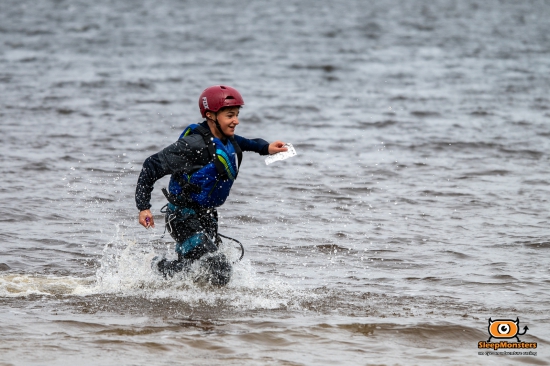
Some of the most poignant moments of the post-race banquet came from the Youth race, not just the video teaser put together by Daniel Poirier and his team, but also in many of the podium teams inviting their young compatriots to the stage with them, and stories from Team Puke apologising to their Youth pair for starting late,to Brou Aventuras asking what their teammates wanted out of the prologue, to be told "we want to win". They has to settle for third place in the youth race, but that matched perfectly with the Brazilian team's bronze medals in the Raid.
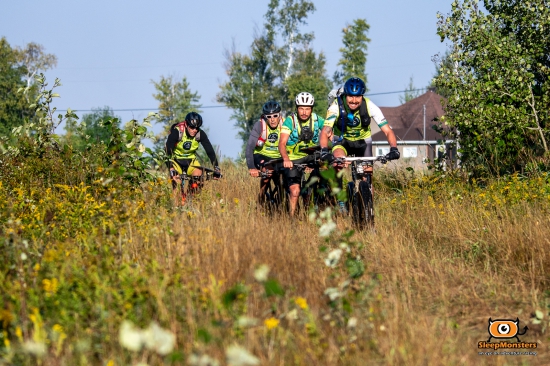
Equally as inspirational, hopefully, was Lake Johnston of 'Those Johnston Kids'. Lake, racing with his father Michael, was the youngest competitor in the full Raid race: At 15 years old, he was actually younger than some of the students in the Youth race. At the banquet he sat near Lauri Hollo of silver medallists Northern Adventure Team, who told him "I raced my first 24hr race at 17, so you have an extra couple of years to catch up".
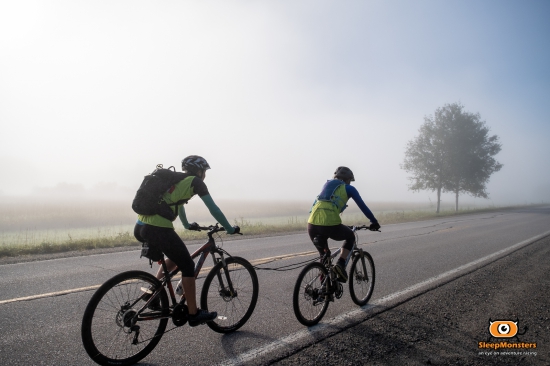
And as the icing on the cake for the Youth racers, a great number of local companies had provided a $7000 prize pot for the Prologue race, so all the students received a randomised prize, varying from cash to camping trips to paddleboards and other equipment. One student, Charles Flageole, was also singled out for the Perseverance Prize for the effort he'd put into training for the race and learning new sports like canoeing.
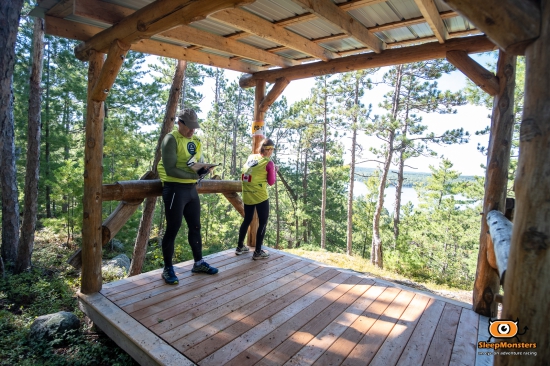
At the opposite end of the timescale, another recurring thread was tradition. There was great representation from the local First Nations people, with the race opened by means of a smudging purification ritual by the North Point First Nation, and closed by a drumming ceremony from the Timiskaming First Nation. The race has also visited some historic sites over the course of the week, linking in things like the famous T.E. Draper tugboat and the Moccasin Line rail path, harking back to the industrial timber felling past of the region.
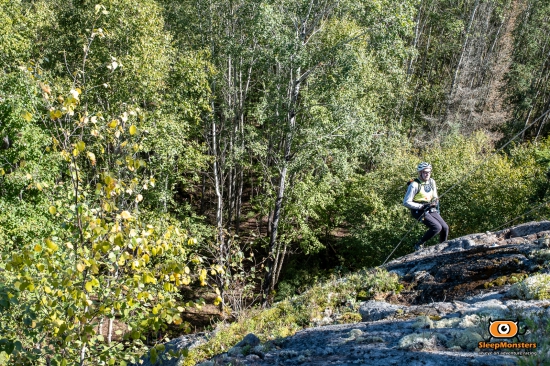
And, of course, there's the much shorter tradition of adventure racing in Quebec. Organisers Endurance Aventure have their own history of putting on great events in the region, from the hugely well regarded Raid International Gaspesie to the Canadaman X-Tri and more recently the GBC 250 and 500km gravel bike events. Temiscamingue may be a relatively new venue for for them, but this second edition of Raid Temiscamingue, the first international edition, but the the region holds a lot of scope to continue that tradition.
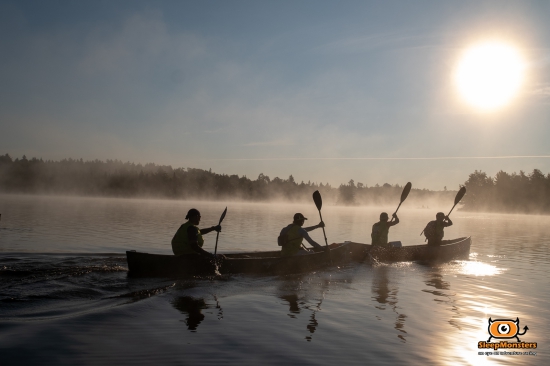
Temiscamingue Prefect Claire Bolduc summed it up at the prizegiving, saying that Endurance Aventure had approached them to tell them the region had potential, which had been lightly dismissed with a "we know it does", but after two editions of the race they have realised that they are only just starting to see just how much potential.
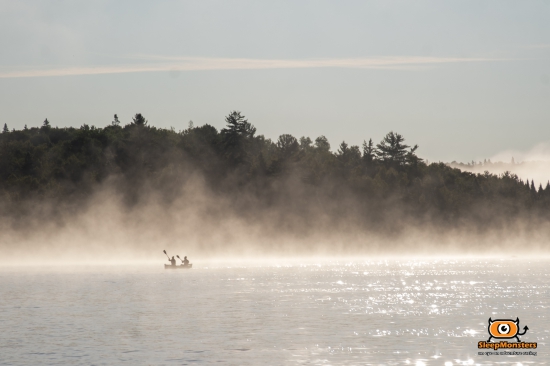
And that takes us to the third strand, the locality, and that links with the traditions as well as the youth. Obviously as we've said this is a new region for international adventure racing, but it's attracted favourable comment from all the racers. While there isn't any significant altitude to be gained, that makes for perfect fast stage racing. The forests and lakes attracted comparison from the Finnish team to areas of their home country. Lots of remote forest, small trails, large expanses of water and swampland. Even the network of snowmobile tracks gives some commonality.
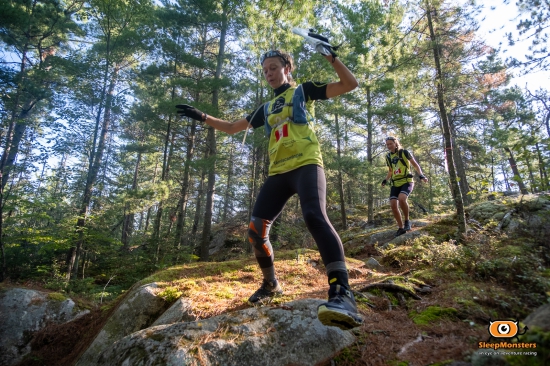
Javier Barreda, race director of La Ruta Madre in Mexico pointed the contrast while presenting the top Male, Female and Mixed teams with a free entry to his race, saying that the 30km race was won in just over 8hrs last year, because the area is so steep. The winning team in Temiscamingue took just under 12hrs for 160km.
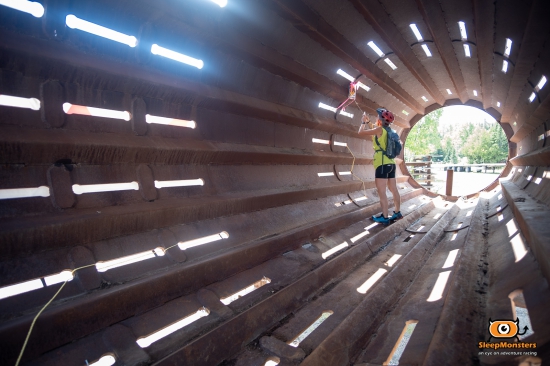
And the last connection to the area and its traditions was notable in the post-race meal. All of the food served was local produce from the forest-flavoured ice tea, to the local cheeses and fish, to the blueberry panna cotta dessert. Similarly, all of the drinks served were locally made soft drinks, as the First Nations do not permit alcohol within their ceremonies. The banquet also welcomed all the local communities to join, to recognise the racers, the region, and most importantly the 150+ volunteers from the region who'd given up their time to make the race the success it appears to have been.
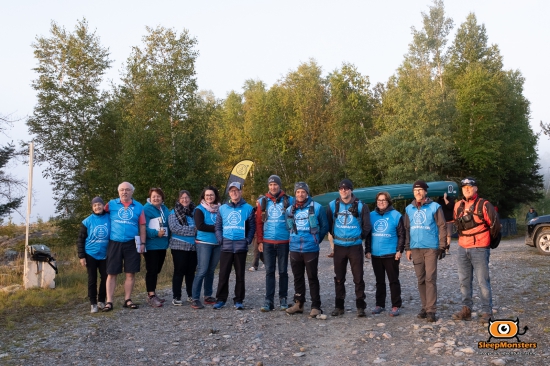
And with that, we'd like to thank you for following along. Thanks to Endurance Aventure for inviting us to be part of the event, and to all the racers, staff, volunteers and communities for a great long weekend of racing.








 SleepMonsters
SleepMonsters
